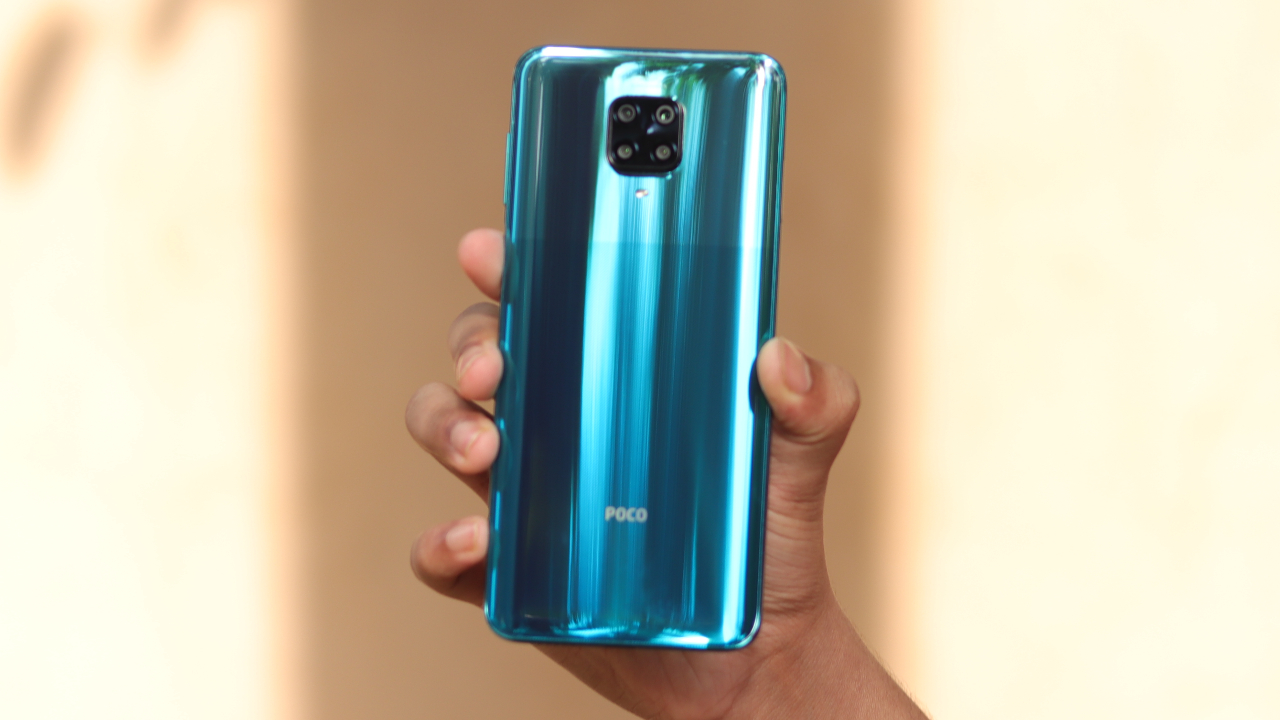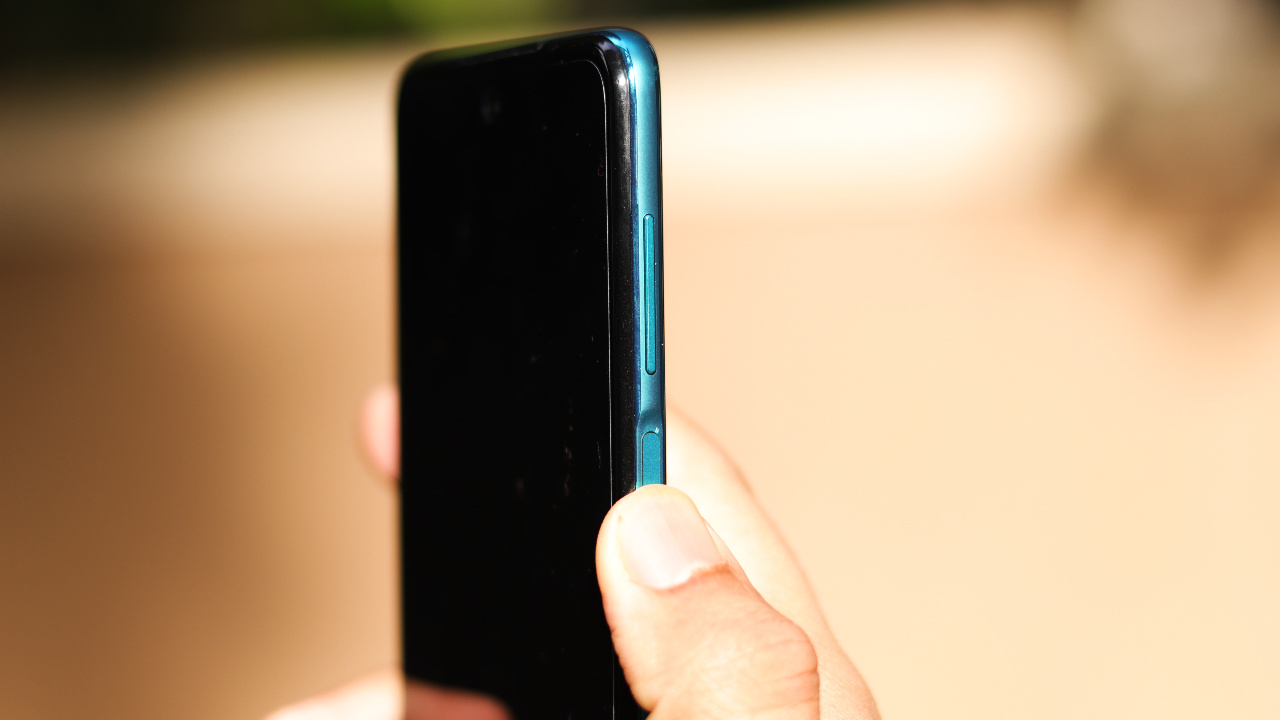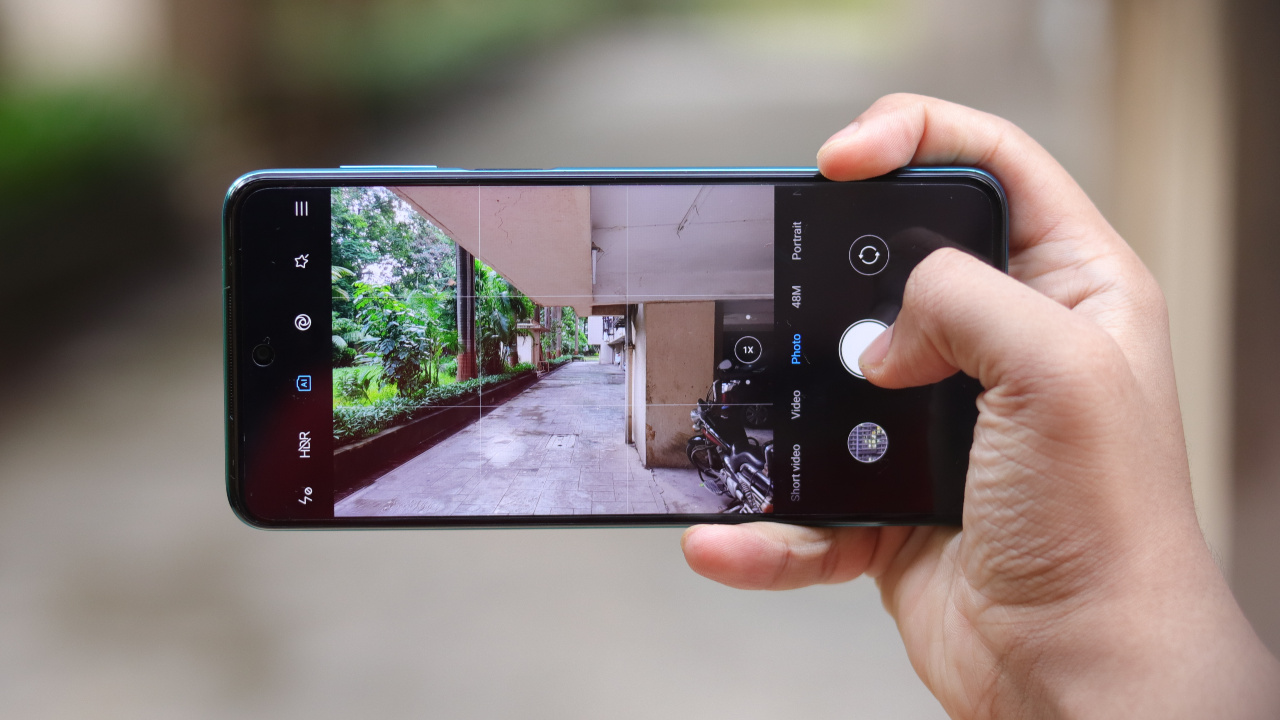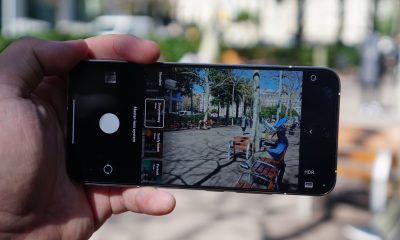India
POCO M2 Pro review: A Redmi Note 9 Pro without ads
What’s the difference?
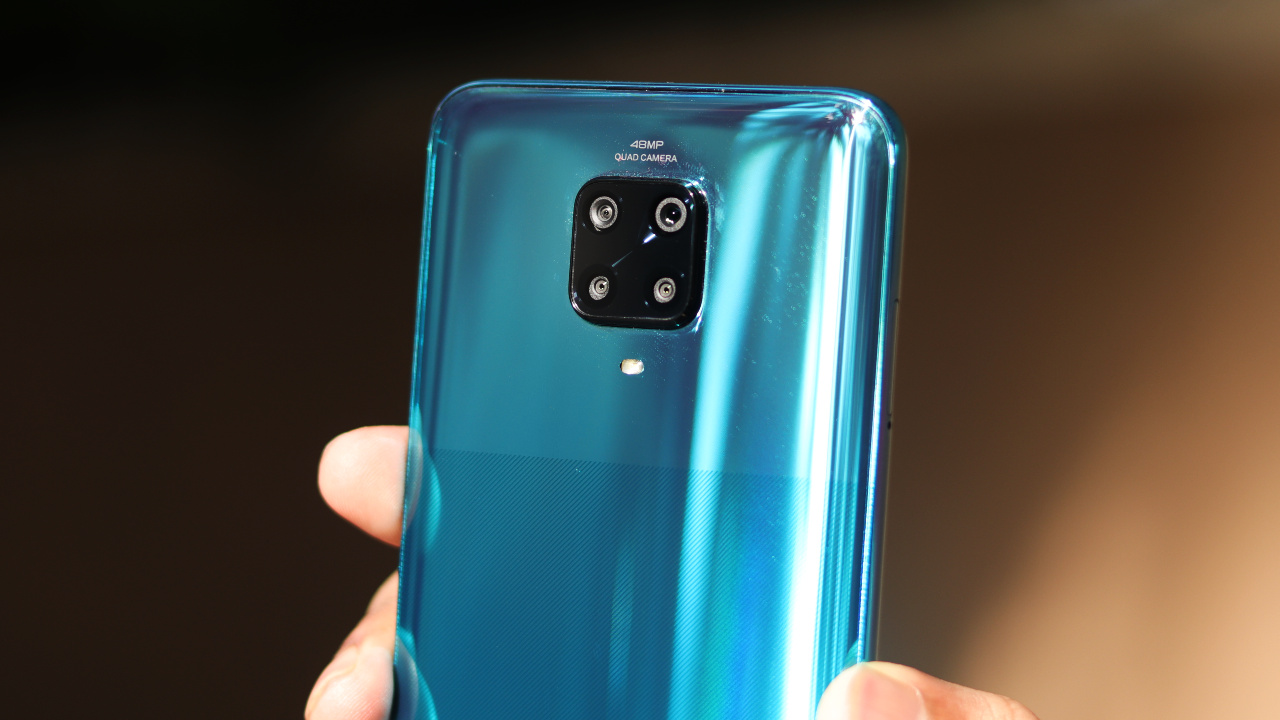
With a new strategy in place, POCO announced the POCO X2 in the first quarter, and now, it’s back with another offering — the POCO M2 Pro. It’s an affordable offering that’s found a comfortable spot in India’s INR sub-15,000 price bracket. But, there’s a twist.
POCO made its debut with the POCO F1. It was a legendary phone because it did the unexpected — flagship-grade performance at an affordable price. Since then, POCO as a brand has been synonymous to aggressive pricing and top-notch specifications. However, the POCO F1 was launched in 2018 and a lot has changed since then.
For starters, POCO was a dormant brand throughout 2019 and made a comeback at the beginning of 2020. We expected a successor of its infamous first phone, but everything was going to change. POCO is now an independent brand that takes autonomous business and marketing decisions. To make it clear, Mi, Redmi, and POCO are three different teams right now.
If you look closer, the POCO M2 Pro is nothing but a rebranded Redmi Note 9 Pro. Furthermore, the 4GB+64GB entry-level option of both phones has the same price of INR 13,999 (US$ 186). So, what’s different about POCO’s offering? Why should this phone be your GadgetMatch?
A proven design that fits everyone
The Redmi Note 9 Pro series has a very ergonomic design that looks premium as well as sturdy. The quad-camera setup has a significantly larger bump but it gets covered perfectly with the in-box case. The rear sports Gorilla Glass 5 and underneath it is a diagonally-lined pattern. While the phone looks stunning, using it without a case isn’t recommended since it’s prone to smudges and micro scratches.
The rear is the only thing that physically differentiates the phone from Redmi Note 9 Pro. The USB port, volume rockers, fingerprint scanner, and speaker grille are from the same Redmi mold.
I don’t mind rebranded phones as long as they’re not yet available in the same market. If POCO wants to be taken seriously as an independent brand, it needs to stand on its own and bring out original offerings. Realme has done a much better job of publicly distancing itself from OPPO, even though it leverages the same supply chain.
A perfect display
It sports a 6.67-inch Full HD+ display with a tiny punch-hole cut-out that houses the front camera. Unlike the competing Realme 6, it doesn’t have a 90Hz panel and runs at 60Hz. However, considering the price, I wouldn’t consider this to be a con. There are barely any games that can leverage higher refresh rates and the phone is meant to be an all-rounder.
The screen has sufficient brightness and can be seen easily under direct sunlight. The colors look slightly over-saturated but it can be adjusted according to your preference. Being an LCD panel, it does a pretty good job of creating deeper blacks.
POCO Performance
The brand is known for its performance-centric phones and the legacy continues here with a Snapdragon 720G chipset. Any task you throw at it will be done without a glitch. My unit has 6GB RAM and it never slowed down or struggled to handle multiple apps at once. Being a power user, I often use Outlook, Twitter, Gmail, Microsoft Word, and WhatsApp in close proximity. Safe to say, it didn’t feel like I needed a better or more powerful chipset.
I don’t play a lot of games except for reviewing and PUBG is my first preference. The overall experience is smooth and hassle-free. Even at higher settings, the phone gets a little warm but there no visible frame drops. Although, the weight of the phone does get annoying after a while. Similarly, a heavy game like World of Tanks also gets through without any turbulence.
The phone ships with MIUI out-of-the-box and since the Redmi Note 9 Pro series also ships with the same chipset, software updates should drop-in seamlessly.
Powering the phone is a 5000mAh battery and I clocked a little more than seven hours of screen time on a full charge. It has support for 33W fast charging and takes around one hour and twenty-five minutes to fully charge.
Quad-cameras that’ll get anything done
The rear houses a quad-camera setup consisting of a 48-megapixel sensor, an 8-megapixel wide-angle lens, a 5-megapixel macro lens, and a 2-megapixel sensor. We’ve seen this camera setup on a plethora of Xiaomi phones and it’s safe to assume the output is top-notch. Thanks to Xiaomi’s reach, the AI-assisted changes are accurate as well as satisfactory.
I mean to say, the algorithm knows where to work and how to produce pleasing pictures. Sometimes you may notice over-saturation in landscape pictures, but AI-mode can be switched off with a quick tap. The dynamic range is near-perfect while the overall tone is on the warmer side.
While daytime pictures are excellent, the primary sensor struggles in the dark. Shots can often be grainy or blurry if you’re not careful about being steady.
For the pros out there, a manual mode is available to tinker with the finer details. Portrait mode works flawlessly and works on better than expected on dogs too!
The display cut-out houses a 16-megapixel selfie camera and it’s flawless. Details are retained accurately and the focus is ultra-fast. This sensor also is tuned on the warmer side and comes with an optional beauty mode.
On the video side, it supports recording at up to 4K 30fps. Obviously, there’s no optical image stabilization. But, the electronic rendering is good enough and gets the job done.
No ads in MIUI
Yes, the phone runs on MIUI 11. No, it doesn’t have any ads.
This is the only visible change I can see between the POCO M2 Pro and Redmi Note 9 Pro. MIUI has a lot of customization and functionality, minus the learning curve. The phone is perfect for everyone can be used without any deep technical knowledge. Software support is stable and while there were a few bugs, the overall experience remained unhindered.
The most frequent complaint about MIUI is the ads. This phone won’t spam your notification area and this can be a relief for many. There are a few pre-installed apps, but they can be easily disabled. In a nutshell, the POCO M2 Pro offers a better user experience while retaining top-notch hardware. Lastly, instead of MIUI launcher, this phone has POCO launcher.
Is this your GadgetMatch?
I’d recommend this phone without any buts. The display is immersive, performance is best-in-class, the cameras do a decent job, and the battery can easily last you a day. With MIUI, the uniform Xiaomi experience is brought back without its biggest con. Design is a personal preference and I’ve found both, the POCO M2 Pro, as well as the Redmi Note 9 Pro, be impressive.
For the consumers, this is a win-win situation. But, for the brand, it’s a mixed bag. POCO intended to move out of Xiaomi’s camp but hasn’t been able to do that efficiently this year. To become a truly independent brand, it’ll have to stop depending on the parent so much and create its own identity. Right now, the original POCO F1 fans are disappointed along with the current followers who expected a fresh offering.


There’s no doubt that India is a major market for technology. While the country has its own brand preferences outside of the world’s usual, everyone still wants to get a piece of the market. To the dismay of global companies, the country is realizing the potential of its own market. Effective immediately, India has started restricting imports for new laptops, tablets, and PCs.
Recently, India made some headlines in the smartphone industry. A few companies, including Apple, have poured funds into building factories in India. Locally produced devices will allow these companies to attract the Indian market better. With the new regulations out today, it looks like these brands are going to enjoy a head start over others who aren’t in the country yet.
The Indian government introduced a new restriction (via Reuters) against the importation of “laptops, tablets, all-in-one personal computers, and ultra-small form factor computers and servers” made from other countries. Customers, however, will get an exemption. Airline passengers can still bring in these devices in their luggage. Additionally, a single imported device is allowable when bought through e-commerce platforms. Companies can import their products only by applying for a special license.
In a nutshell, bulk orders without a license are out. The government is instead encouraging users to buy locally produced products as part of its “Make in India” program. At the very least, it’s not a total ban on foreign brands. For example, Dell, HP, and Lenovo are exempt from the regulations since they already have production facilities built in the country.
SEE ALSO: Samsung overtakes Xiaomi as top phone brand in India

Attacking a huge smartphone market is difficult. With preferences constantly evolving, it can get tricky to figure out the best lineup to capture most of a market. Samsung, however, has just done it. In the last quarter of 2022, Samsung has taken the crown from Xiaomi as the bestselling smartphone brand in India.
India is an important market for most smartphone brands. It’s one of the largest markets in the world. However, despite its size, the biggest players are often those who offer more affordable devices for consumers. Budget is the name of the game if a brand wants to make it big in the country.
Things are changing, though. According to new market data (via Reuters), Samsung has nabbed the throne from the former leader, Xiaomi. In the last quarter of 2022, the Korean brand grabbed 20 percent of the market, while the latter only got 18 percent.
In a trend dubbed as premiumization, Indian consumers are reportedly enjoying more disposable income, resulting in more willingness to buy pricier products. Additionally, the report hints that consumers have started equating lower prices with inferior quality.
With the market trending towards more premium products, Samsung took the lead with a lineup that consists more of midrange to premium devices. It will also be interesting to see if Apple, an even more premium brand, can also make a dent in the Indian market.
SEE ALSO: Buyer’s Guide: Samsung Galaxy S23 Ultra

For one of the largest smartphone markets in the world, India is one of the rarer countries where Apple does not outright dominate. Undoubtedly, the company is trying to change that. Ongoing job listings in India are suggesting that Apple is ready to open its first brick-and-mortar store in the country.
First reported by Financial Times, Apple has posted job openings in India for several retail roles including for the iconic Genius Bar. Another clue even indicates that some spots have already been filled ahead of time. A few employees in the country have reportedly posted about their new jobs on LinkedIn.
Unfortunately, none of the job listings show how many stores are planned and where they will be. Narrowing things down by a bit, a few of the confirmed employees are from Mumbai and New Delhi. The report also does not indicate when the stores will open. However, since a few have already been hired, a grand opening might be coming soon.
Apple has a lot to gain by strengthening its foothold in India. The country is an important stronghold for smartphone companies. However, the company might find things harder as time goes by. The country recently dictated that brands must switch to USB-C if they want to sell their devices in India. All over the world, Apple remains the last stalwart against adopting the more universal standard.
-

 Accessories2 weeks ago
Accessories2 weeks agoApple Vision Pro Review: Two Months Later
-

 Features4 days ago
Features4 days agoFortify your home office or business setup with these devices
-

 Gaming1 week ago
Gaming1 week agoThe Rogue Prince of Persia looks like an ultra-colorful roguelite
-

 Philippines2 weeks ago
Philippines2 weeks agovivo Y100 to release in Philippines on April 27
-

 Deals2 weeks ago
Deals2 weeks agoSamsung Awesome April: Deals on Galaxy A series
-

 Gaming1 week ago
Gaming1 week agoStar Wars Outlaws release date revealed
-

 Accessories1 week ago
Accessories1 week agoLogitech unveils G Pro X 60 gaming keyboard: Price, details
-

 Events1 week ago
Events1 week agoStellar Blade: PlayStation taps cosplayers to play Eve for game’s launch

